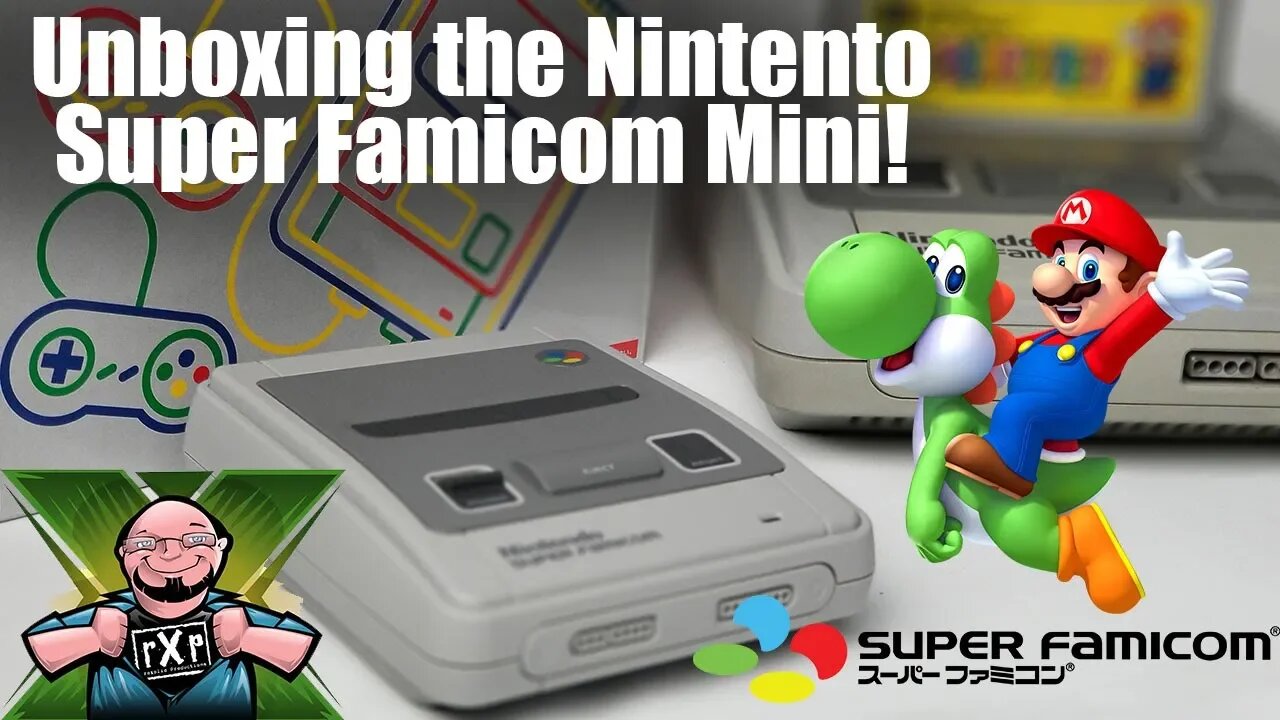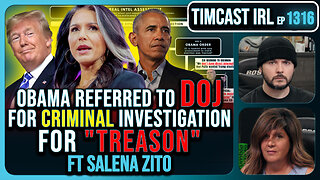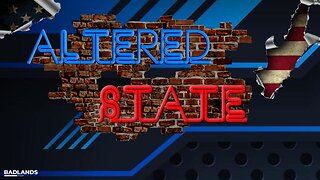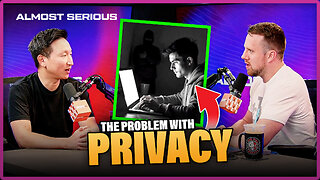Premium Only Content

Nintendo Famicom Mini Unboxing and Comparison with the US Super Nintendo Classic Edition
In this video, we unbox and check out the Nintendo Super Famicom from Japan!
Our local retro game store owner, Adrian from Live Action Games, was recently on holiday in Austrailia and Japan, visiting family and picking up some awesome retro gaming gear from Akihabara. I had asked him to bring me back both a Famicom and Super Famicom Classic Edition, that way I would have matching Mini Editions to go with my regular systems and my US Classic Editions. Adrian didn't fail me and I was able to get one of each of these systems from him. And man, I gotta tell you, I'm in love!
Check out our unboxing of the similarly awesome Famicom Mini Edition at this link here: https://youtu.be/ffP9QVBAazs
I know a lot of people hate on the US version of the Super NES, preferring the Japanese or PAL versions' styling. While I don't hate on the US Version I do think the Japanese system is very well designed. The Mini Super Famicom matches the styling of its larger counterpart perfectly, from the start and reset buttons to the eject button and faux controller ports. This thing, just like the Famicom Mini, just nails the aesthetics!
In the box, you'll get a pretty complete, although not totally complete package. The Super Famicom MIni includes the system itself, 2 controllers, HDMI Cable, and USB power cable. Conspicuous by its absence is a power supply of any kind, although Nintendo does list the part number for their recommended USB AC Adapter in the quick start guide. That was nice of them to promote getting another sale from you, but thankfully I have a boatload of USB power supplies which can handle the task perfectly.
I really dig the Super Famicom controller, for the most part. I prefer the button color configuration over the US' purple colors, however, I would be lying if I didn't say I preferred the button shape of the US Version more. Just like the Super NES Classic, the Super Famicom Classic includes two controllers of the wired variety. Don't worry, the controller port is identical to the US SNES Mini, meaning all the same wireless controllers will be compatible with the SFC Mini too.
The list of games between the SFC Mini and the SNES Mini are slightly different. The Super Famicom Mini includes:
Contra 3: The Alien Wars
Donkey Kong Country
F-Zero
Final Fantasy 6
Fire Emblem: Mystery of the Emblem
Legend of the Mystical Ninja
Kirby Super Star
Mega Man X
Panel de Pon
Secret of Mana
Star Fox
Star Fox 2
Super Soccer
Super Ghouls n Ghosts
Super Mario Kart
Super Mario RPG
Super Mario World
Super Mario World 2: Yoshi's Island
Super Metroid
Super Street Fighter 2: The New Challengers
The Legend of Zelda: A Link to the Past
I was shocked that Super Castlevania IV was not on this list myself, as that is not only one of the best Super Nintendo games, it's one of the best games of all time. Earthbound, Kirby's Dream Course, and Super Punch-Out are all missing as well, but the Japanese system does include Fire Emblem, Goemon, Soccer and some weird puzzle game. Just like the US Version, the Super Famicom Mini does have Star Fox 2 along for the ride, however, you'll need to beat the first course on the first game to unlock it.
I am thrilled to have this in my collection, rounding out all 4 major 8- and 16-bit Nintendo Mini consoles. The build quality is fantastic, the aestetics are spot on and everything just feels right.
The footage used in this review are used under the Fair Use laws, referenced below:
https://www.law.cornell.edu/uscode/text/17/107
Notwithstanding the provisions of sections 106 and 106A, the fair use of a copyrighted work, including such use by reproduction in copies or phonorecords or by any other means specified by that section, for purposes such as criticism, comment, news reporting, teaching (including multiple copies for classroom use), scholarship, or research, is not an infringement of copyright. In determining whether the use made of a work in any particular case is a fair use the factors to be considered shall include—
(1) the purpose and character of the use, including whether such use is of a commercial nature or is for nonprofit educational purposes;
(2) the nature of the copyrighted work;
(3) the amount and substantiality of the portion used in relation to the copyrighted work as a whole; and
(4) the effect of the use upon the potential market for or value of the copyrighted work.
The fact that a work is unpublished shall not itself bar a finding of fair use if such finding is made upon consideration of all the above factors.
(Pub. L. 94–553, title I, § 101, Oct. 19, 1976, 90 Stat. 2546; Pub. L. 101–650, title VI, § 607, Dec. 1, 1990, 104 Stat. 5132; Pub. L. 102–492, Oct. 24, 1992, 106 Stat. 3145.)
-
 12:21
12:21
RoXolidProductions
1 year ago $0.03 earnedALL-NEW Nintendo Switch, DS & 3DS Game & System Cleaning Kits!
2304 -
 LIVE
LIVE
TimcastIRL
2 hours agoObama Referred To DOJ For TREASON, Criminal Investigation, CIVIL WAR!! | Timcast IRL
9,126 watching -
 LIVE
LIVE
RalliedLIVE
9 hours ago $2.36 earned10 WINS WITH THE SHOTTY BOYS
636 watching -
 LIVE
LIVE
Badlands Media
13 hours agoAltered State S3 Ep. 38
3,515 watching -
 LIVE
LIVE
SpartakusLIVE
1 hour agoLAST Stream Until NEXT WEEK || Going to Florida to hang out w/ a SPECIAL Gaming Buddy
153 watching -
 10:19
10:19
MattMorseTV
1 day ago $8.86 earnedTrump just went SCORCHED EARTH.
50.5K57 -
 1:36:49
1:36:49
RiftTV
3 hours agoHow Much is the Government SPYING on You and STEALING Your DATA?! | Almost Serious | Guest: Matt Kim
13.5K3 -
 1:31:26
1:31:26
Glenn Greenwald
4 hours agoAaron Maté on More Russiagate Fallout, Protests in Ukraine, and Israel's Strikes on Syria With Special Guests John Solomon, Marta Havryshko, and Joshua Landis | SYSTEM UPDATE #491
95K26 -
 1:55:43
1:55:43
Melonie Mac
3 hours agoGo Boom Live Ep 56!
16.9K4 -
 LIVE
LIVE
Joker Effect
1 hour agoWHY AREN'T YOU DOING THE RUMBLE CREATOR PROGRAM...? IT BEGINS HERE. Wake up!
657 watching